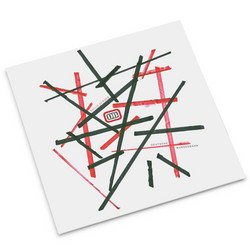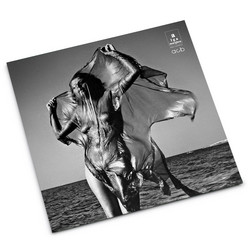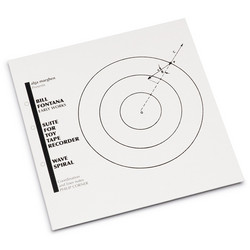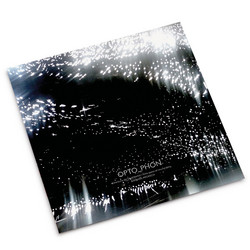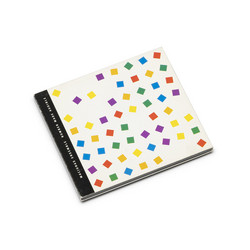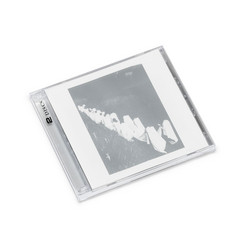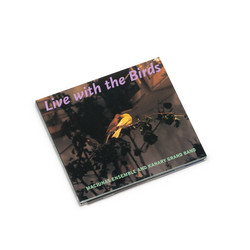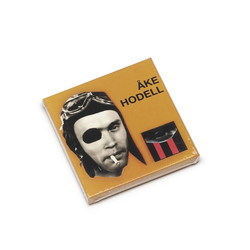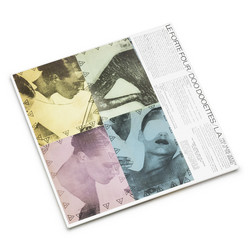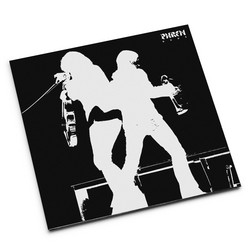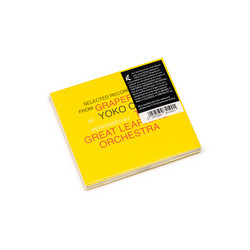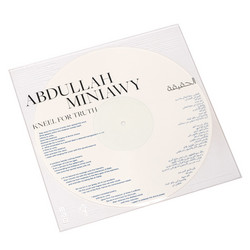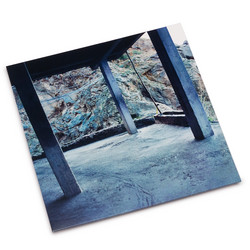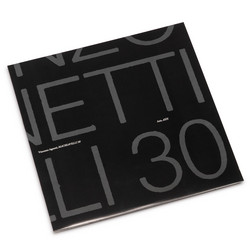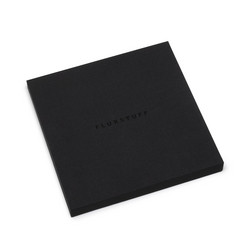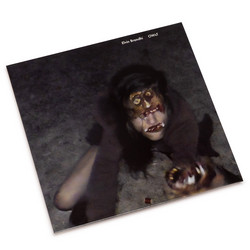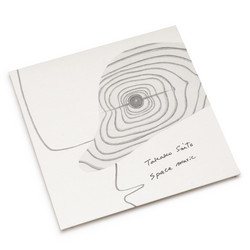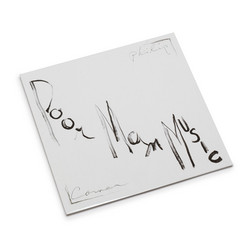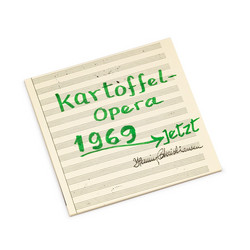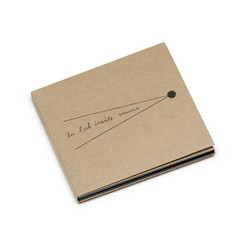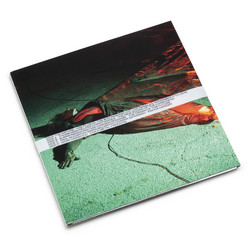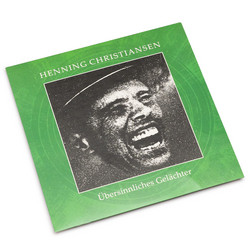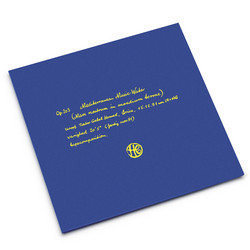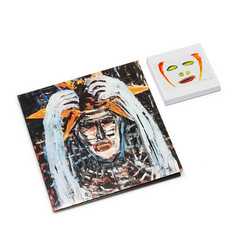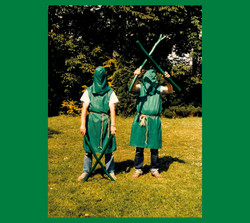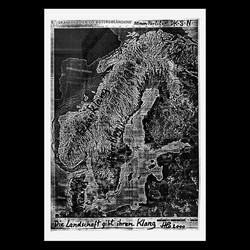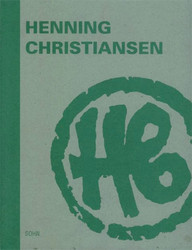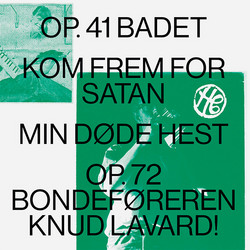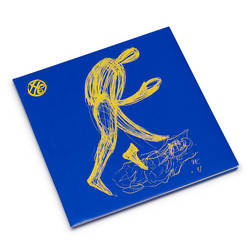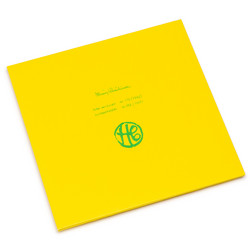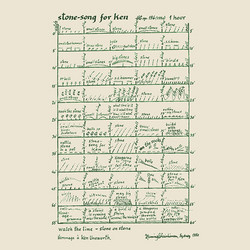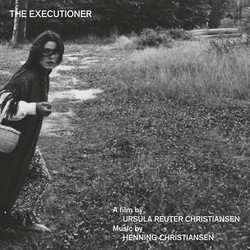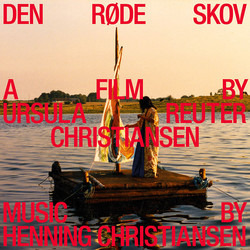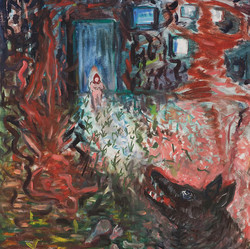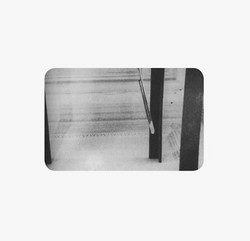Henning Christiansen
Henning Christiansen Archives (4LP bundle)
This special bundle collects three Henning Christiansen albums - for a total of four LPs - recently reissued by the Henning Christiansen Archive, namely the following:
L'essere Umano Errabando La Voce Errabando (LP)
**500 copies** The album features a previously unreleased work from 1991. The Wandering Human Being – The Wandering Voice, as the title suggest is a piece for voice and featurues Carlo Quartucci, Carla Tatò, Ursula Reuter Christiansen and Henning Christiansen.
Ursula and Henning met the couple Carlo Quartucci and Carla Tatò through the curator Johannes Gachnang on a visit to Genazzano in Italy 1983 and became close friends, collaborating on a variety of projects, most notably on Carlo and Carla’s epic adaptation of Heinrich von Kleist’s play Penthesilea (forthcoming on The Henning Christiansen archive). The Wandering Human Being – The Wandering Voice came about from a conversation between the four of them whilst on a beach on the island of Møn in the eastern sea in Denmark, looking south. Here they all laughed at the realisation that on the other ide of Europe in this direction was Sicily where Carlo and Carla lived. The island Sicily, The island Møn. As Henning says “The human-being was wandering from sea to sea”. Henning saw no difference in their way over life ‘over there’ and mused on the means of which we cross over oceans and move around facilitating awareness of the same family of human being. People from islands meet people from islands and they can all look across vast waters and laugh together. Unlike anything else in Henning’s output L´essere Umano Errabando La Voce Errabando is a calm and meditative work which rolls along two sides wrapping the listener in a random melancholic meditative mantra. Only Henning Christiansen could summon such haunting, beautiful, gothic music carved from political hope.
Op. 41 Badet / Kom Frem For Satan / Min Døde Hest / Op.72 Bondeføreren Knud Lavard (LP)
**500 copies** The second release on the Henning Christiansen Archive is a compilation of four works from 1967-1972 including a poem set in a bath, an unknown musical work, the musical backdrop to a horse sacrifice and a soundtrack to a school play. What binds these works together alongside the period when written is their basis in ‘song’ and some traditional ‘musical’ elements. What separates it them fromsaid tradition is that they were composed by Henning Christiansen.
Op.41 Badat is a simple work featuring 3 elements: Charlotte Strandgaard reading her poem Badat (The Bath), Henning playing melodica and the sound of water splashing in a bath. The result is an unusual and evocative lo-fi setting to the resigned nature of the reading. Not a lot is known about Kom Frem For Satan (Come Forward Satan). Possibly a soundtrack of sorts? It certainly carries that mood with it’ jazz inflicted interludes, melodic organ moments all interlaced with the diegetic sounds of cars, footsteps, gunshots, etc. The result comes across like a gangster tinged musique concrete radio play. Kom Frem For Satan also shares musical motifs that appear in Op.72 on side two of the lp. Min Død Hest was previously released as a single sided 10” under the name Hesteofringen, here restored under it’s correct name. Min Død Hest (My Dead Horse) was written to accompany the Bjørn Nørgaard performance Hesteofringen (The Horse Sacrifice) on the 30th of Jan 1970, one of the most notorious performances in Danish art history. Featuring a poem written by Lene Adler Pedersen, this is a recording made after the performance with Lene Adler Pedersen singing, accompanied by Christiansen on piano (as opposed to the green violin he used in the performance), Min Død Horse is a beautiful haunting fragile song laden with metaphor, a sad lullaby is as simple and unusual as anything in Christiansen’s output.
Op.72 Bondeføreren Knud Lavard is a the soundtrack to a school play performed on at the Fanefjord School on the island of Møn, Denmark, where he lived, in 1972. Another surprising work in Christiansen’s oeuvre the 6 pieces that make up this work shift between the sinister and sweet, often in the same track. Falling within the same period Henning made the soundtrack to The Executioner, Bondeføreren Knud Lavard mixes the melancholic romantic mood of that soundtrack whilst deep organ chords, military drumming and an acoustic guitar solo (played by Henning’s first son Esben Christiansen) all make an appearance.
This is an sublime collection from one the 20th Centuries most diverse composers at the bridge between his romantic and avant-garde phases.
Save the Nature - Use Fluxus (2LP)
In November 17, 2019 a six hour performance was undertaken in the car park of The Box gallery in Los Angeles as a part of the Henning Christiansen / Ursula Reuter Christiansen exhibition They Won’t Survive Without The Bird Songs
. Thorbjørn Reuter Christiansen, son of Ursula and Henning, developed a timeline for the performance which was essentially designed to encompass a contemporary community of like minded artists that spans generations and continents harnessing and continuing the work instigated by Henning during his lifetime. The resulting performance included archival recordings taken from the H.C. Archive, which houses a vast collection of compositions, scores and correspondence of the late Christiansen.
This limited edition 2LP collects edited highlights from the day capturing the unique and somewhat unsettling atmosphere provoked by a diverse range of performances. Thorbjørn Reuter Christiansen developed a new action where he performed a sound piece on iconic instruments of Henning’s alongside recorded sounds of his father. Father and son re-united again in performance. The New Sound of the Living Dead. Bjørn Nørgaard presented two new iterations of some of his historical actions; Homage to Henning and Joseph, Manresa, a piece he first collaborated on with Henning Christiansen and Joseph Beuys at Galerieleri Schmela in Düsseldorf in 1966, and The Cake, a live construction of a monolithic yet impermanent sculpture meant to decay over time. Mai Dengsøe Hansen performed EURASIENSTAB fluxorum organum op. 39, a piece for organ that Henning scored and used as the soundtrack for the film Eurasienstab, with Beuys. The Box gallery founder Mara McCarthy, along with her father Paul McCarthy and Chiara Giovando performed Knock Harder, a 20 min. improvisation that loosely recalls Knocking, a sound scape Henning used repeatedly throughout many of his own compositions. Chiara and Mara can be heard singing and playing a selection of small instruments, while Paul methodically slammed the back door of the gallery with a piece of scrap 2×4 pinewood – a kind of dedication to the monotony of Fluxus. Mark Harwood, the founder of the expansive experimental independent label Penultimate Press performed an improvised musical protest incorporating fire, rhythm and chaos alongside field recordings of the civil unrest in Chile that he collected occurred just prior to the opening of this exhibition. Harwood’s contribution speaks to Hennings political activism and dedication.
Throughout Save The Nature - Use Fluxus all came together to celebrate these great artists and to embody the same spirit of communal collaboration that has so thoroughly been a part of both Ursula and Henning’s lifelong endeavors.
